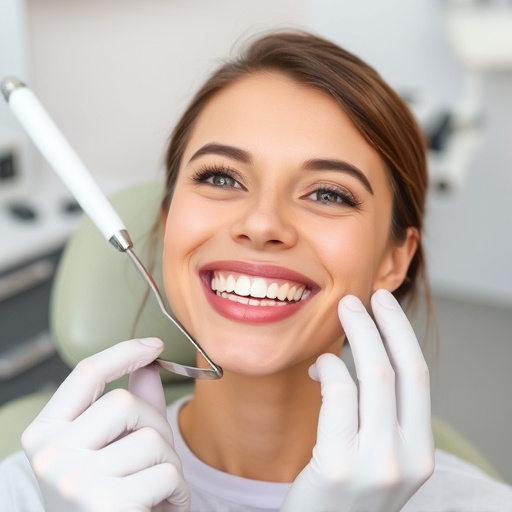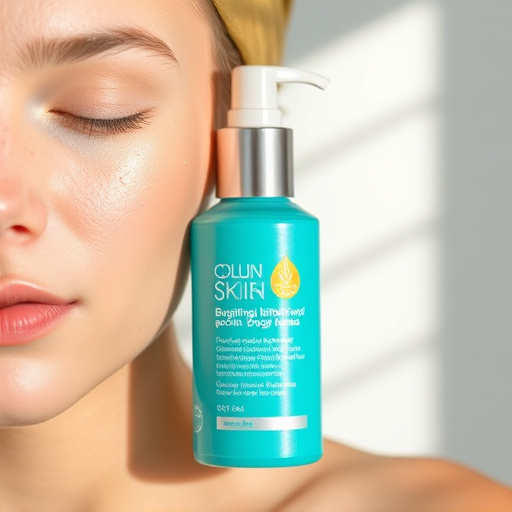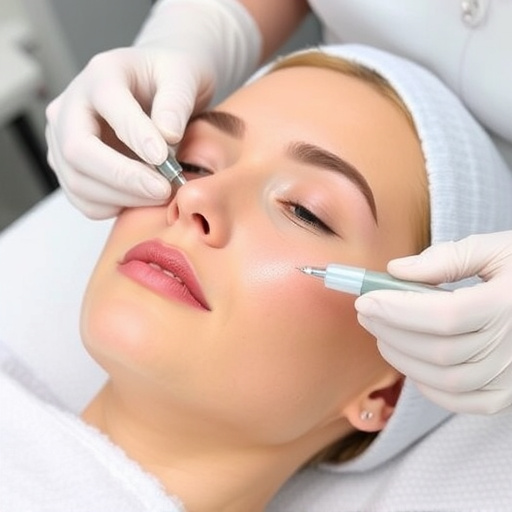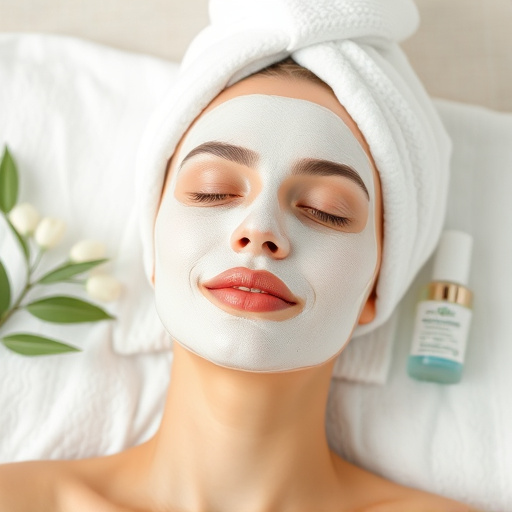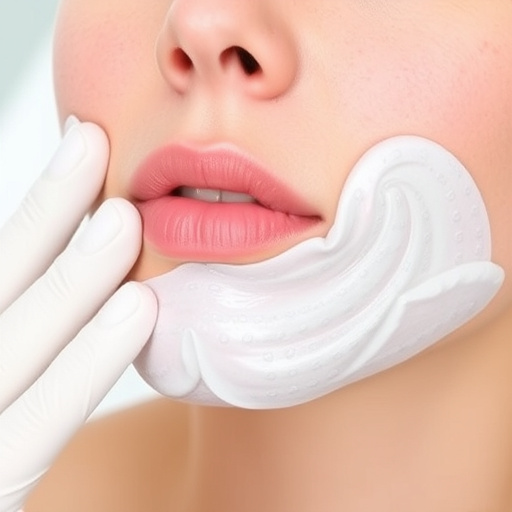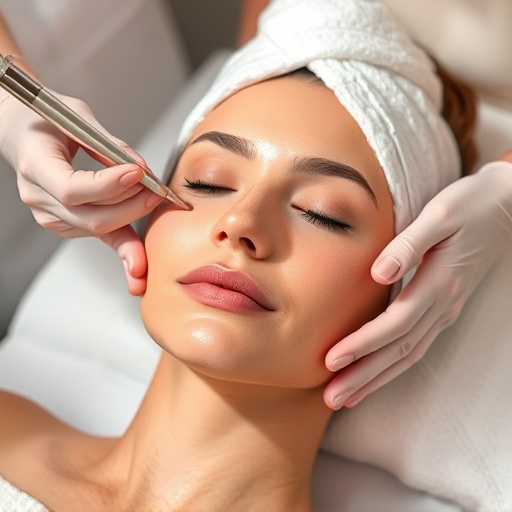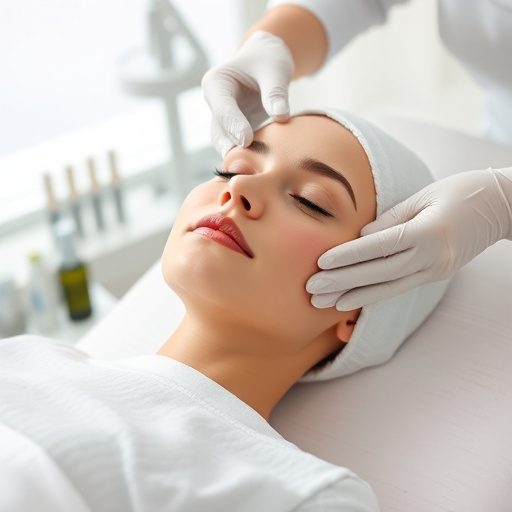Sun damage treatment involves chemical peels that exfoliate skin to remove damaged layers caused by UV rays, revealing healthier skin beneath. Using AHAs or BHAs, these peels target hyperpigmentation, acne scars, and texture issues, stimulating collagen production and enhancing cell turnover. Safe application requires dermatologist guidance, patch testing, proper hygiene, and post-peel care with moisturizing.
Sun damage is a common skin concern, causing aging and discoloration. Chemical peels offer a powerful solution by exfoliating and regenerating skin cells. This article explores how these treatments can heal sun-damaged skin, revealing their therapeutic benefits. We’ll guide you through understanding sun damage, the science behind chemical peels, and provide a step-by-step application process for safe, effective results. Discover the potential of chemical peels as a top sun damage treatment.
- Understanding Sun Damage and Its Impact on Skin
- Chemical Peels: Unlocking the Healing Properties
- The Step-by-Step Guide to Safe Application
Understanding Sun Damage and Its Impact on Skin
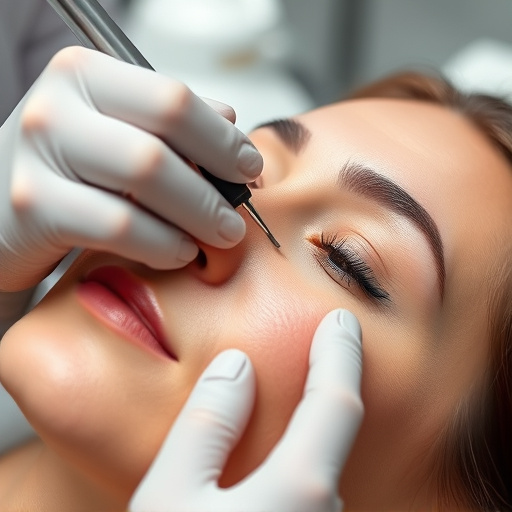
Sun damage is a common concern for many, as the sun’s ultraviolet (UV) rays can cause significant harm to the skin over time. Prolonged exposure to UV radiation can lead to premature aging, with visible effects such as fine lines, wrinkles, and age spots becoming more pronounced. This process is accelerated by factors like frequent tanning, prolonged outdoor activities without protection, and even certain medications that increase sensitivity to sunlight.
Understanding sun damage is crucial in selecting effective treatments, with chemical peels emerging as a popular and powerful option. These peels use chemicals to exfoliate the top layer of skin, removing damaged cells and revealing healthier, smoother skin underneath. By addressing sun-induced damage head-on, chemical peels offer a promising solution for those seeking wrinkle reduction and improved overall skin texture, making them a sought-after choice among aesthetic treatments, including microneedling therapy.
Chemical Peels: Unlocking the Healing Properties
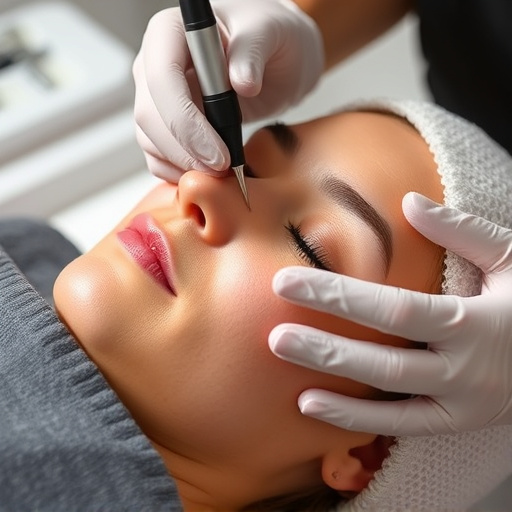
Chemical peels are a powerful tool in the skincare arsenal for repairing sun-damaged skin. These treatments go beyond surface-level cleansing; they work by exfoliating and removing damaged outer layers, revealing healthier skin below. This process, known as chemical exfoliation, stimulates collagen production, which is essential for maintaining skin elasticity and reducing the appearance of fine lines caused by sun exposure.
By using specific chemical solutions, such as alpha hydroxy acids (AHAs) or beta hydroxy acids (BHAs), professionals can tailor the peel to address various issues, including hyperpigmentation, acne scars, and rough texture—all common consequences of prolonged sun damage. Additionally, these treatments provide a boost to the skin’s natural healing process, encouraging cell turnover and enhancing overall skin health.
The Step-by-Step Guide to Safe Application
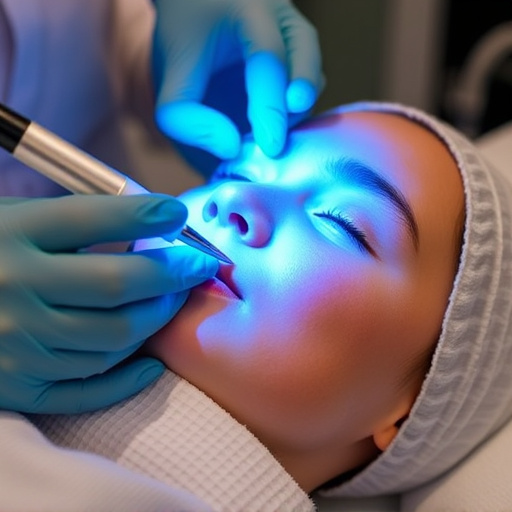
To ensure safe application of chemical peels for sun-damaged skin, start by consulting a dermatologist or skin care expert who can advise on the suitable peel strength and frequency based on your skin’s condition. Begin with a gentle acid like lactic or glycolic acid, typically used in over-the-counter products, to test your skin’s response. Always perform a patch test 24–48 hours before full application to check for any adverse reactions.
Next, prepare your skin by cleansing it thoroughly and avoiding sun exposure for at least 24 hours prior to the peel. During application, use sterile applicators or gloves to ensure hygiene. Apply the peel evenly across the affected areas, following manufacturer instructions for time duration. After the recommended time, gently rinse with lukewarm water. Finish with a soothing moisturizer and consider additional treatments like hydrating facials or body contouring products to enhance healing and maintain results.
Chemical peels offer a powerful solution for sun-damaged skin, promoting healing and revealing a smoother, more radiant complexion. By chemically exfoliating the top layers of skin, these treatments can effectively reduce the appearance of fine lines, wrinkles, and age spots caused by UV exposure. With proper application as outlined in this guide, individuals can achieve significant improvements in skin texture and tone, making chemical peels a valuable tool in the fight against sun damage treatment.






